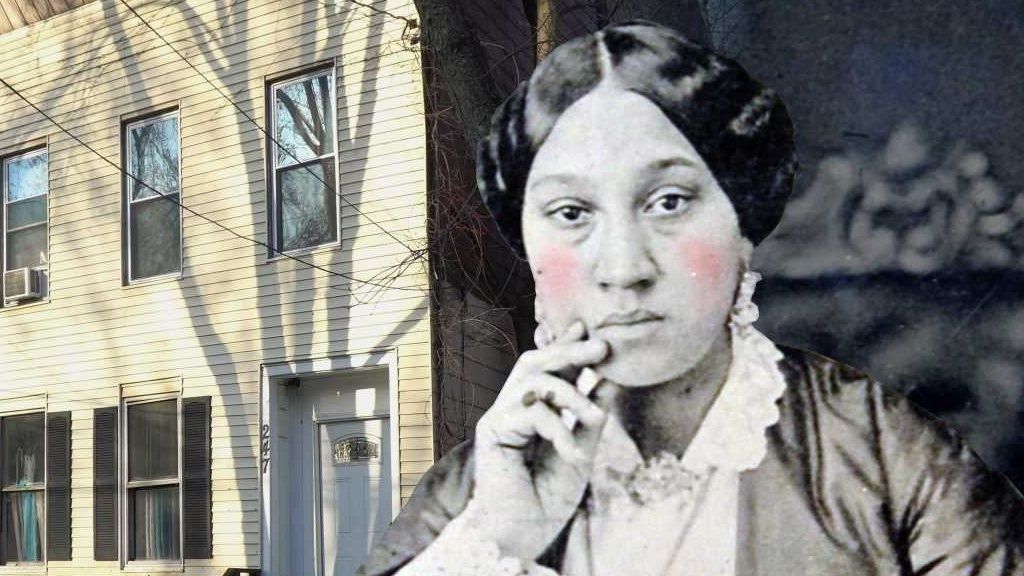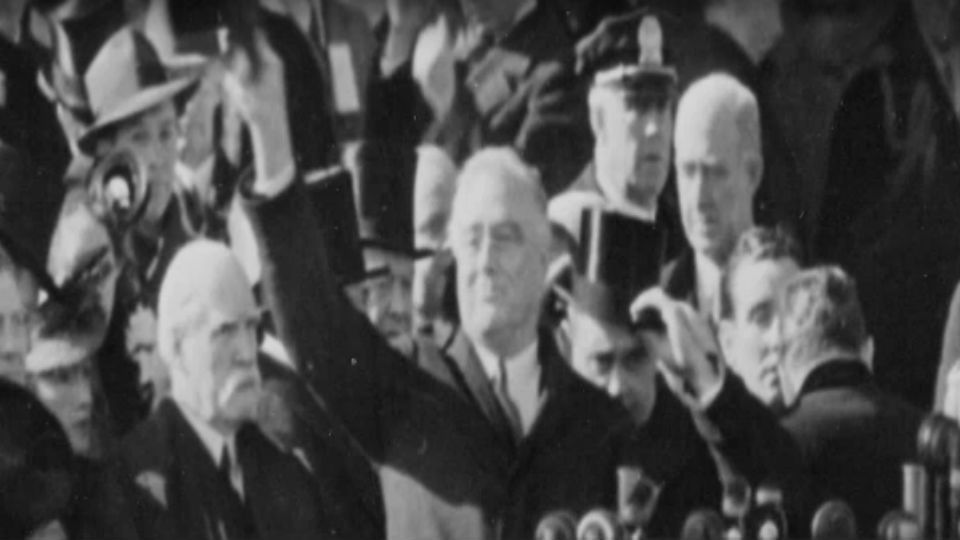The New York State Capitol began construction in 1867 and took 32 years to complete. In perspective, an entire generation of people who witnessed the project’s beginning never saw it completed. But it was well worth the wait, as the building presently is an absolute marvel both on the outside and the inside — though the latter is where it really shines.
The Senate staircase is part of that shine in the Capitol, though it was never finished. Governor Frank Black cut funding to the Capitol construction at the end of 1898. The incoming governor, Teddy Roosevelt, declared it finished, but his predecessor silenced the carvers' chisels.
Also interesting is that a section of the Capitol was previously considered a public roadway as it was built over a portion of Hawk Street. This caused the building to be open 24 hours a day for people to cut through. Currently, for security reasons, after 7 p.m., people have to go around.
Around the corner from the staircase is the War Room, whose ceiling has a mural of New York’s battles, the Five Nations of the Iroquois, and a young Theodore Roosevelt. In the center of the mural is a woman signified as The Spirit of New York — the model was the daughter of the mural’s painter, William deLeftwich Dodge.
Once you get to the Assembly staircase, the beautiful skylights and laylights can be seen, but it was not always like this. During World War II, the lights were covered up for fear of air raids due to the Capitol's proximity to the Watervliet Arsenal. The lights remained covered for nearly 70 years until they were restored and uncovered in 2012.
Presently, it is well taken advantage of, but at the time, electricity was a very new thing. It was so new that the State Capitol was one of the very first public buildings in the world to have it, and people would visit just to marvel at the lights.
But there is far much more to admire of the historical building.
The Great Western Staircase’s architecture is unmatched when compared to anywhere in the United States, and for good reason. With over 500 carves, it took more than 14 years to complete. It sits at nearly 120 feet tall and 444 steps, with its final cost at $1.5 million. Also worth noting: The artists were allowed to be creative with their work, which is why there are a variety of things like cats, dogs, eagles, and even a warthog.
Along with the faces of famous Americans, dozens of unnamed inspirations line the walls.
At almost $3 million in 2006, the staircase was cleaned and more than 100 years of grime was removed — though a carver left behind a very small version of the devil tucked away under some foliage.








